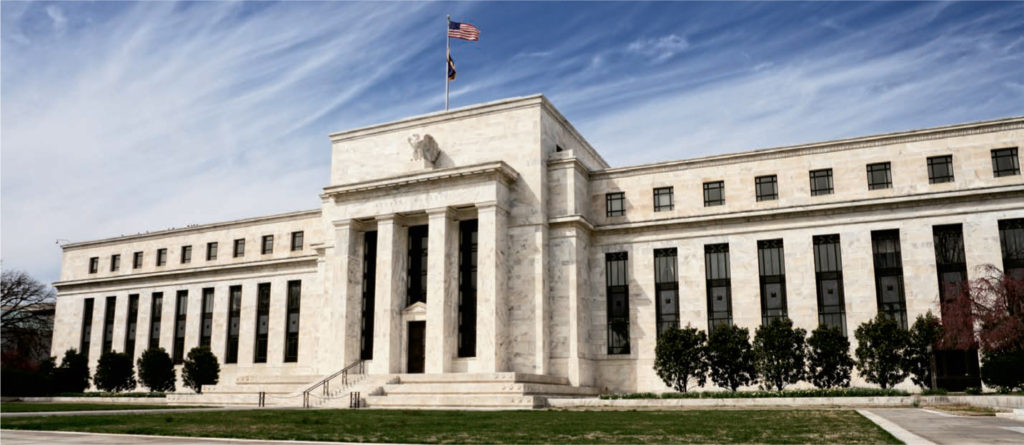Fed Beige Book: Commercial Real Estate Construction and Leasing Tended to Rise or Remain Flat

Overall Economic Activity
Most of the twelve Federal Reserve Districts reported that their economies expanded at a modest or moderate pace from mid-October through late November, though both Dallas and Philadelphia noted slower growth compared with the prior Beige Book period. St. Louis and Kansas City noted just slight growth. On balance, consumer spending held steady – District reports on

Summary of Economic Activity
Tenth District economic activity increased slightly in late October and November and remained modestly above year-ago levels. Consumer spending was fairly flat as gains in retail and auto sales were offset by declines in restaurant and tourism activity. Manufacturing activity continued to expand moderately in both durable and non-durable goods plants. Sales rose at a modest-to-moderate pace in the professional and high-tech, wholesale trade, and transportation sectors, and additional gains were expected in the months ahead. Residential real estate sales declined modestly and residential construction activity held steady, while overall activity in the commercial real estate sector increased. Energy activity expanded, but the outlook was mixed due in part to geopolitical uncertainty. The agricultural outlook remained weak, with lower soybean prices, weakness in dairy and hog markets, deteriorating farm income, and uncertainty surrounding international trade. Employment and employee hours edged up across most industries, and about half of
Real Estate and Construction
District real estate activity was mixed as residential real estate activity edged down and commercial real estate activity rose. Residential home sales declined modestly since the previous survey period, while home prices and inventories continued to rise. Residential real estate contacts expected steady residential home sales and modest increases in selling prices and inventories in the months ahead. Sales of low- and medium-priced homes continued to outpace sales of higher-priced homes. Overall residential construction activity was flat since the previous survey period, and expectations were for no change moving forward. Activity in the commercial real estate sector increased slightly as sales and prices rose; absorption, construction underway, and completions were flat; and vacancy rates fell. Commercial real estate contacts expected slight growth in overall activity in the months ahead.
Banking
Bankers reported steady overall loan demand compared to the previous survey period. Specifically, respondents reported a slight increase in demand for commercial real estate loans, while the demand for commercial and industrial loans, residential real estate, consumer installment, and agricultural loans fell. Bankers indicated loan quality improved slightly compared to a year ago and expected no change in loan quality over the next six months. Credit standards remained largely unchanged in all major loan categories. Overall, bankers reported a slight increase in deposit levels.



